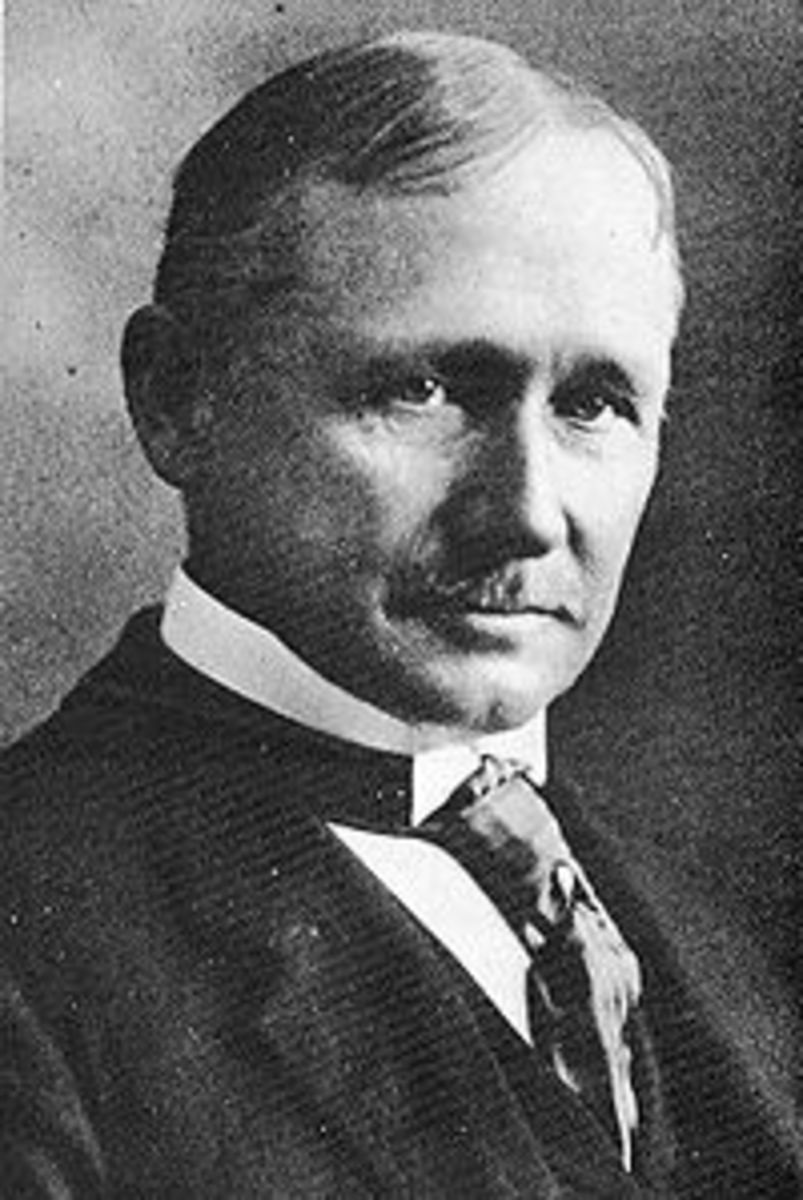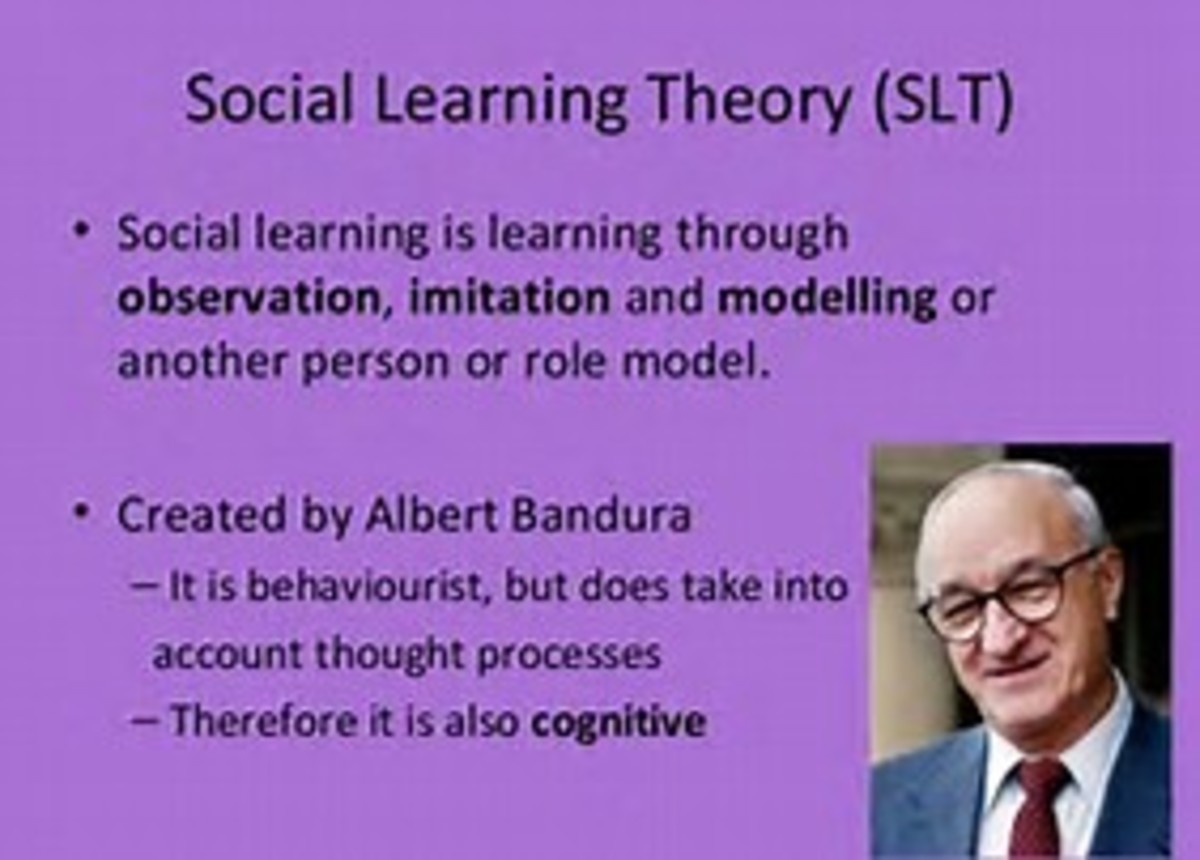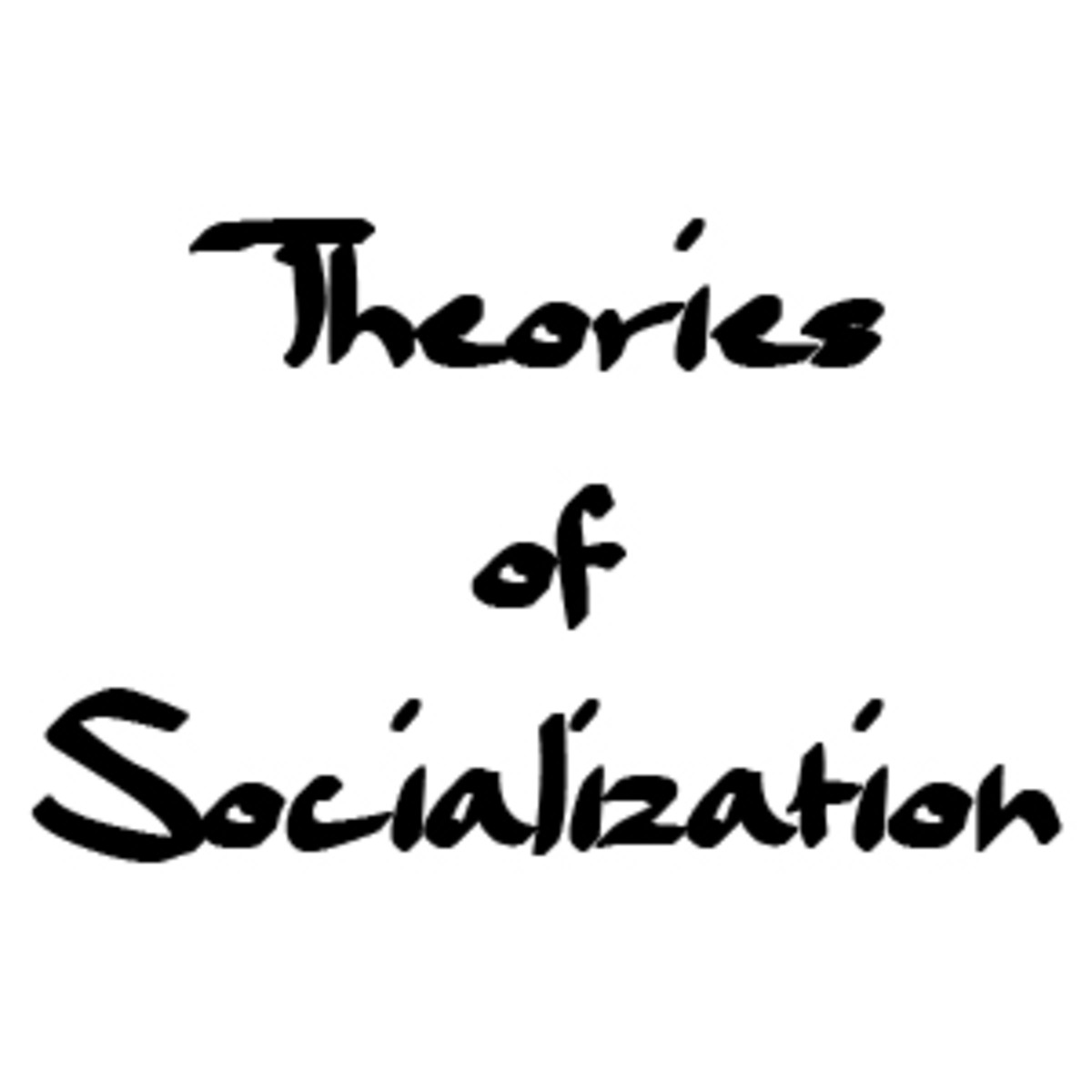Everything I needed to know for my AQA A2 Sociology Crime and Deviance Part 3/3
Crime and Deviance Theories
1. Physiological Theories (Lombroso)
Criminals have genetically determined characterises e.g. large jaws
2. Psychological Theories
Eysenck-inherit personality traits with predisposition to deviance
Bowlby-attachment during early socialization
3. Functionalism (Durkheim)
Crime is needed for society to function adequately
4. Strain Theory (Merton)
People respond to goals in different ways-they can achieve their goals through normal means (conformity), through deviant means (innovation), reject their goals and so deviant but still conform to societies norms (ritualism), are unable to achieve their goals and so are unable to cope (retreatism) and form resentful groups that rebel (rebellion)
5. Subculture Theories
-Cohen-deviant gangs exist for immediate gratification (fun), not for money and they take the norms from mainstream society and turns them upside down [Miller agrees but specifies to young lower class males]
-Cloward and Ohlin-different types-criminal subculture you can be promoted up the hierarchy, in conflict subcultures crime is unorganised and is an anger relief and in retreatism subcultures, people aren’t part of legitimate or illegitimate structure so (e.g.) turn to drugs
-Marxists-teenagers rebel and be deviant to attain products advertised to them (e.g. mods and rockers)
6. Ecology Theories (Chicago School)
City centres have worst crime because greater population, immigrants with different norms and values and fewer leisure facilities
7. Marxists
White collar crime ignored, more difficult to detect, less harshly punished and less prosecuted because committed by the working class
Capitalism generated crime because of the ‘need’ for money, ownership and competition which can turn to aggression
8. Interactionists (Becker’s Labelling Theory)
Deviance created by society because the definition and labelling of deviance is decided by the makers of laws and so create meanings themselves
Focus on agencies of social control e.g. police limited by resources etc.
9. Right Realism/Rational Choice Theory (New Right)
Prevent crime e.g. CCTV and increase prison sentences to make it less rational
10. Left Realism (Young)
The growth of crime occurs because people feel more marginalised (e.g. more unemployment), relative deprivation and because of subculture (values of criminals same as those of capitalism e.g. selfish)
11. Feminism
-Smart-research into female crime understudied because they commit fewer, are more trivial, sociology is dominated by males and stereotyping
-Pollack-official statistics misleading because females conceal crimes better and because of the chivalry thesis (but ‘double deviance’ states that court harder on women because they should not commit crime even more)
-Sutherland-girls more closely supervised, boys encouraged to take risks
-Heidensohn-women are more controlled and so conform more because they have more roles, responsibilities and expectations
-Adler-as inequality increased so did female crime because of more self-confidence
The Important Studies
1. Cicourel-The Negotiation of Justice
Middle class teenager warned, black lower class searched and charged-same crime (California)
2. Cohen-Mods and Rockers
Police and media amplified problems, making the ‘folk devils’ be scapegoats to bring the rest of society together
3. Radical Criminology/Neo-Marxism (Hall and ‘Mugging’)
Street theft (especially black muggings) developed into moral panic by police, courts and media, without significant increase, to racially divide working class to distract attention from unemployment and welfare cuts
4. Right Realism (Wilson Broken Windows)
Create an environment where crime seems out of place and a policy of zero tolerance to stop small problems growing into larger ones
Difficult Research Methods (for me anyway!)
- Hawthorne effect-Participant behaviour change when they realize it’s an experiment
- Coding-classifying answers into different categories
- Systematic sampling-e.g. choose every 5th name on a list
- Quota sampling-select participants to fit into categories according to proportion in target population
- Cluster Sampling- the same as opportunity sampling
- Snowball Sampling-ask one person to suggest another who with suggest another
- Content analysis-categorize behaviour then count the number of times it appears







